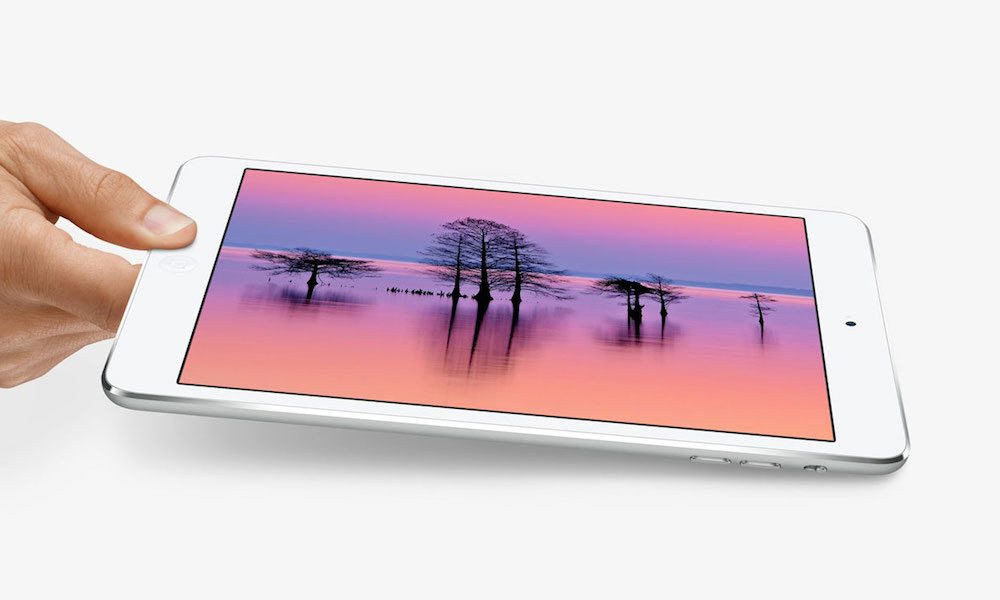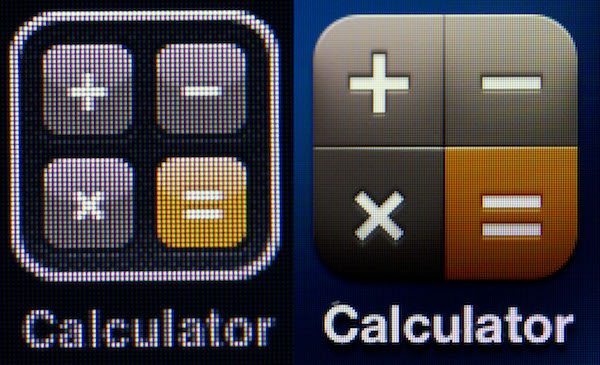What’s a Retina Display Anyway? Here’s How Apple’s Retina Display Made Pixels Seemingly Disappear

Toggle Dark Mode
Apple debuted its first Retina display on 2010’s iPhone 4 — and it forever changed the way that we view our devices.
Simply speaking, a “Retina display” is simply a display that has a resolution and pixel density so high that the human eye can’t discern individual pixels at a normal viewing distance. As a result, images and texts look much sharper and clearer than on non-Retina displays. The aforementioned iPhone 4, for example, had 300 pixels per inch — a number that Steve Jobs himself said was necessary for a display to be called a “Retina display.”
Apple’s iPhone pixel density has only increased, too. The iPhone 7 has a 401 pixel per inch density, in contrast to the iPhone 4’s 300 ppi. When Cupertino released the first Retina iPad, reviewers called it “stunning.” At the time, Bill Hill, a font rendering expert and former Microsoft employee, wrote that it was “truly amazing” to see the iPad’s resolution on a mainstream device, rather than a “$13,000 exotic monitor.” While Apple’s products certainly weren’t the first to carry such high-resolution displays, they were probably the first to bring them to market on such a mass scale.

And in 2012, Apple revolutionized displays again when it unveiled the first MacBook Pro with Retina display. When it launched, that model of MacBook Pro had four times the pixel density of the previous, non-Retina MacBook Pro. Nowadays, almost every Apple product with a screen — like the iMac, iPod touch, and even Apple Watch — carries a Retina display.
Of course, Apple isn’t the only company producing high-density displays. It’s worth noting that the actual term “Retina display” is an Apple trademark and marketing term — which is the reason why you aren’t seeing other devices claiming to have Retina displays.
But even if other tech companies produce displays that have, on the surface, better technical specifications than Apple’s, Cupertino’s devices can still hold their own. With this year’s iPhone 8 slated to make the jump to an OLED display, it’s probably safe to venture that Apple will indeed make even greater strides as far as the quality of its displays.






